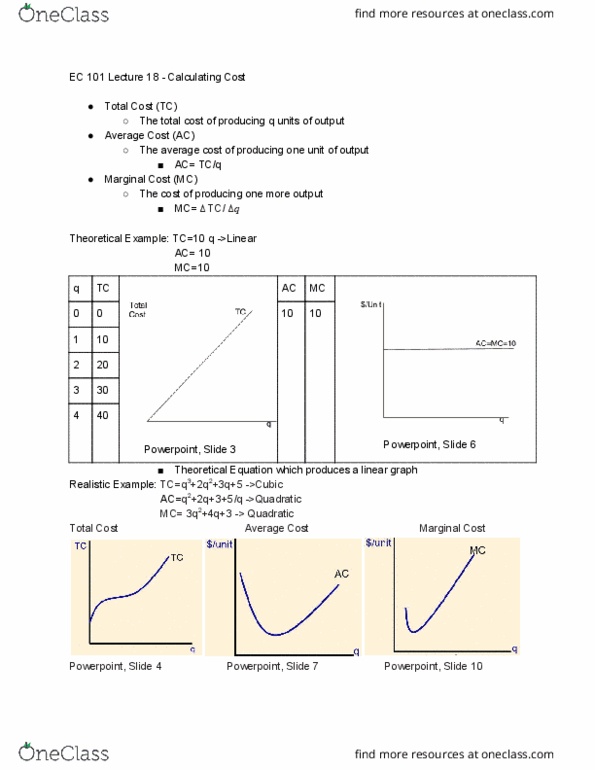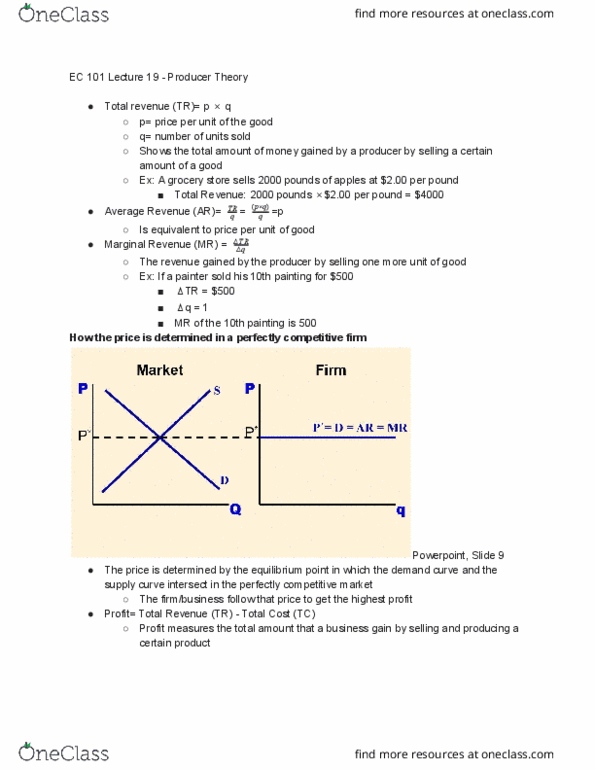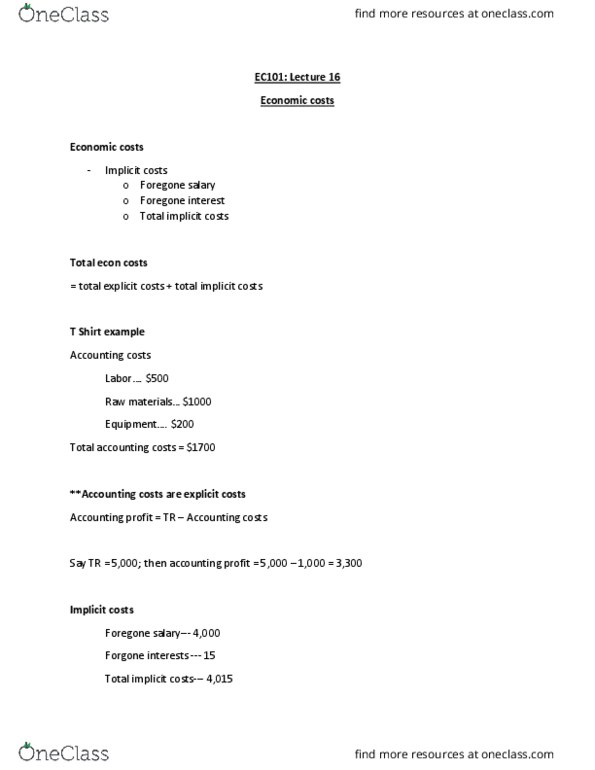interval (or arc) elasticity
cross-price elasticity
price elasticity of demand
elastic demand
income elasticity
inelastic demand
inframarginal units
marginal revenue
point elasticity
price effect
quantity effect
total revenue
unitary elastic demand
1. __________________ A measure of consumersâ sensitivity or responsiveness to changes in the price of a good or service.
2. ___________________ When the percentage change in price (in absolute value) is more than the percentage change in quantity demanded (in absolute value).
3. ___________________ When the percentage change in quantity demanded (in absolute value) is more than the percentage change in price (in absolute value).
4. ___________________ When the percentage change in quantity demanded (in absolute value) is just equal to the percentage change in price (in absolute value).
5. ___________________ Total amount paid to a producer for a good or service P * Q.
6. ___________________ The effect on total revenue of a change in price, holding quantity constant.
7. ___________________ The effect on total revenue of a change in quantity, holding price constant.
8. ___________________ An elasticity calculated over an interval of a demand curve or demand schedule.
9. ___________________ Elasticity at a specific price or point on a demand curve.
10. ___________________ A measure of how responsive quantity demanded is to a change in income, all other things constant.
11. ___________________ A measure showing how responsive the quantity demanded of one good is to changes in the price of another good, other factors constant.
12. ___________________ The additional revenue received by producing and selling one more unit of output.
13. ___________________ Units of output that could have been sold at a higher price had the firm not lowered its price to sell additional (marginal) units.






